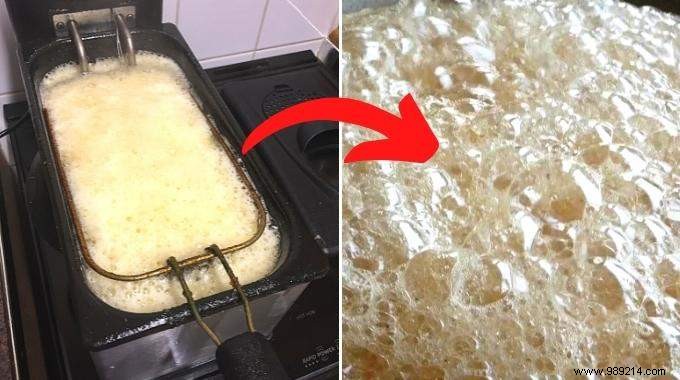
Does your oil foam when frying?
It foams so much that the oil sometimes even overflows from the fryer!?
Well know that what you are going through is not an isolated case.
Many reasons can explain this phenomenon.
This may be due to an oil that is too wet, too worn...
In any case, we must solve the problem quickly.
Otherwise, your food may change in taste or worse, you could burn yourself from the oil.
Find out why frying oil foams and if it is dangerous. Watch:

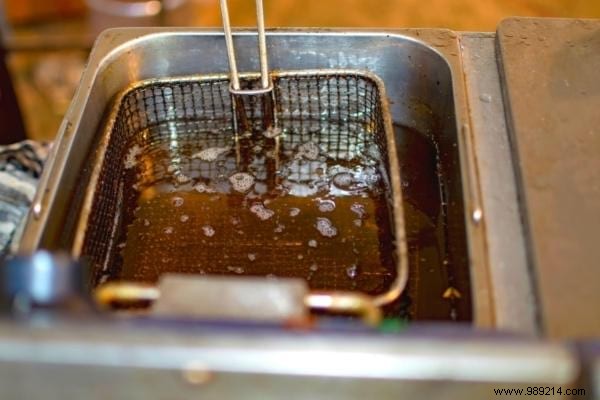
Fresh frying oil basically contains no moisture.
This is a so-called dry heat cooking method.
That is to say that during cooking, the water contained in the elements does not remain in the oil; it evaporates.
The problem is that as you fry the food, the oil ages and becomes viscous.
It then traps water, humidity and air at the bottom of the tank.
And when that water touches the resistance of the fryer, that's where the problems start.
The water begins to boil which creates foam on the surface and the oil overflows that go with it.
To solve the problem, just change your oil that has lived too much with a new one.
In fact, foam is ultimately a good indicator of whether your oil is too old.
Finally, know that you can also extend the life cycle of the oil with this trick.
You can even clean it up by doing this.
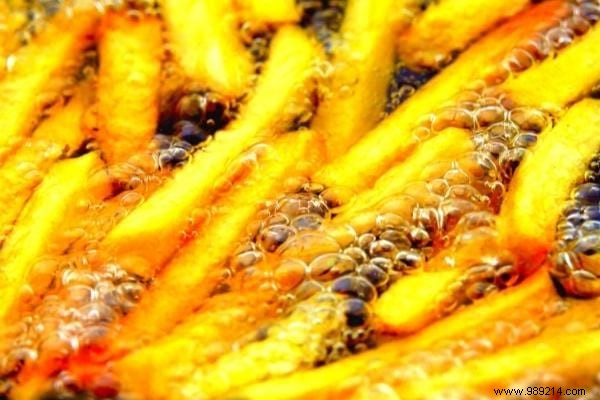
Your frying oil is brand new and yet foam appears when frying?
It is certainly because of the foods that are waterlogged.
This is the case, for example, when making homemade fries.
We peel them, rinse them in water, but we often forget to dry them before frying them.
As a result, a lot of water infiltrates the oil and lodges at the bottom of the tank.
This creates foam and causes the oil to overflow.
To avoid this, blot moist foods as much as possible to remove moisture.
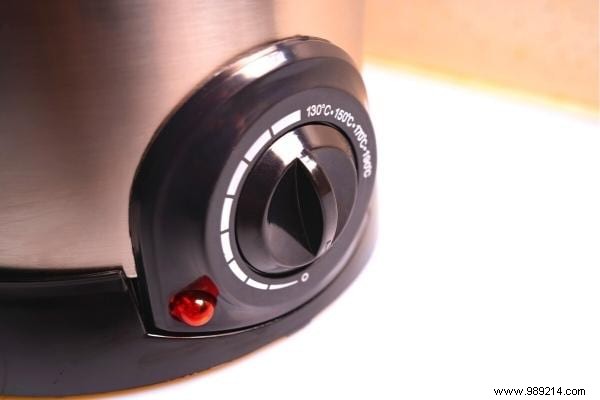
To quickly fry food, we are sometimes tempted to set the temperature of the appliance to the maximum.
Fatal error!
Take the example of frozen fries.
If you put them immediately in boiling oil, it's a bubble bath guaranteed.
The temperature difference between the very hot oil and the ice inevitably creates the overflow phenomenon.
Take your fries out and let them warm up a bit in the ambient air before dropping them into the bowl.
By doing this, you avoid the problem described above.
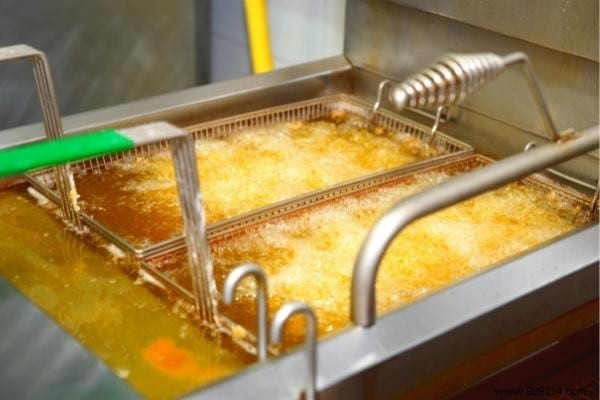
If your oil overflows when you cook food, maybe it's just too full!
In most deep fryers there is a marking indicating the maximum quantity of oil to be filled in the tank.
Take a good look if it has not been exceeded and if so, remove some oil.
Of course, do this when the oil is cold!
Old oil that foams often accompanied by smoke.
This smoke can be hazardous to health, as it releases acrid and toxic fumes.
Foods cooked with this oil can also make digestion difficult and heavy.
So if you encounter this problem, change your cooking oil immediately.
And as I explained to you in this article, an oil that foams tends to overflow.
You must therefore be very careful, because hot oil is not forgiving.
If you see fat overflowing from the pan, immediately remove the basket where the food is.
Leave to cool and gently put the basket back in
- Peanut oil
- Soybean oil
- Vegetable oil
- Safflower oil
- Canola oil
- Corn oil
- Cottonseed oil
- Sunflower oil